-
Welcome to Tundras.com!
You are currently viewing as a guest! To get full-access, you need to register for a FREE account.
As a registered member, you’ll be able to:- Participate in all Tundra discussion topics
- Transfer over your build thread from a different forum to this one
- Communicate privately with other Tundra owners from around the world
- Post your own photos in our Members Gallery
- Access all special features of the site
PDR vs. Traditional Repair: The Process
Discussion in 'Lighting' started by JamesLee, Apr 12, 2019.


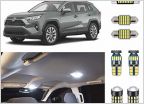 Interior LED Flickering?
Interior LED Flickering? LED Headlamp and Fog lamp
LED Headlamp and Fog lamp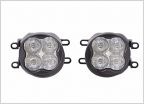 Installing Diode Dynamics LED fogs - zip ties?
Installing Diode Dynamics LED fogs - zip ties?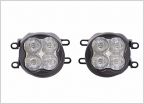 Diode Dynamics SS3 with Backlight
Diode Dynamics SS3 with Backlight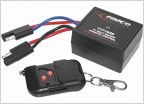 Can I have 2 switches power 1 lightbar?
Can I have 2 switches power 1 lightbar?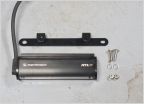 Review / DIY guide - Baja Designs RTL-M
Review / DIY guide - Baja Designs RTL-M















































































